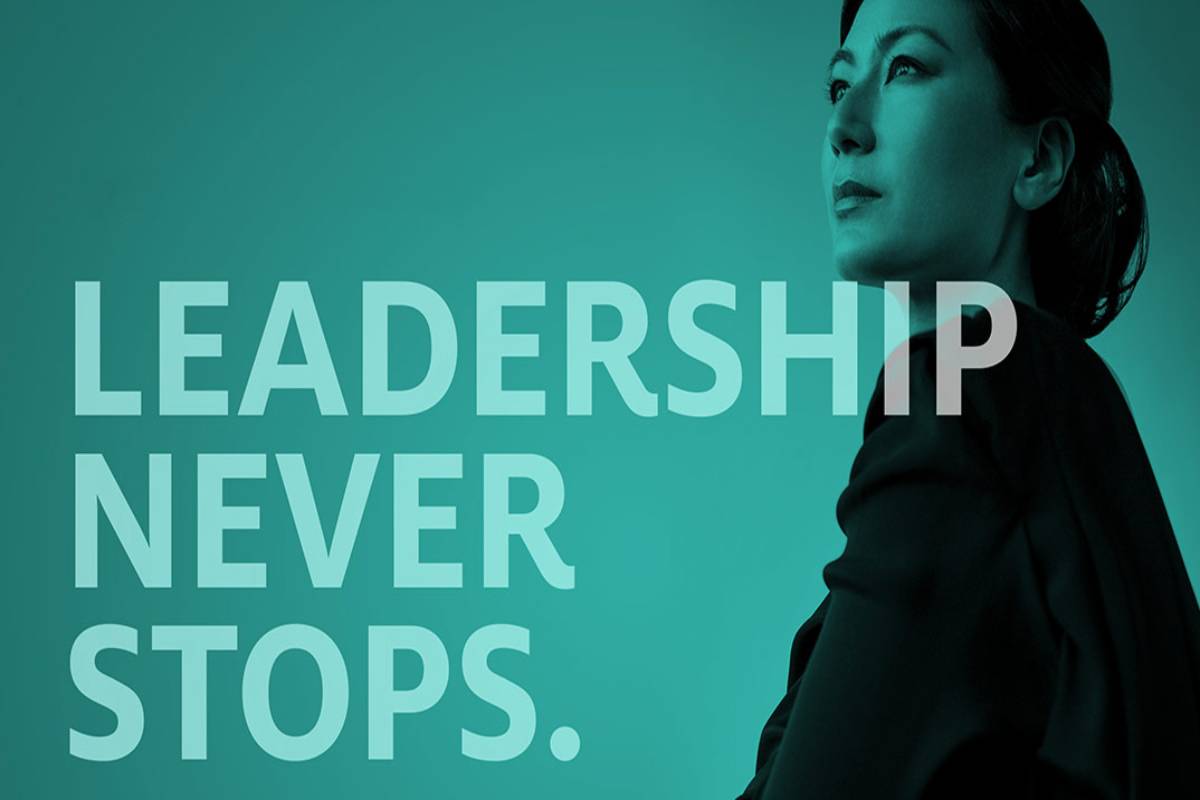Influence people
Table of Contents
Influence People Definition
Influencing people is about compliance — getting someone to do what you want them to do (or at least not to undermine it).
But genuine commitment from others is often required to accomplish critical goals and tasks.
Early in a career or individual contributor role, influence is about working effectively with people over whom you have no authority.
It requires the ability to present logical and compelling arguments and engaging in give-and-take.
And also, in senior-level or executive roles, influence is focused more on long-range steering objectives, inspiration, and motivation.
Wherever we are in an organization, chances are you will want to master these tactics to influence others, as influence is one of the core leadership skills needed in every role.
What are the Ways to Influence People?
- We found that influencing tactics fall into three categories: logical, emotional, or cooperative appeals. We call it controlled with the head, heart, and hands
1. Logical appeals
- Firstly, People’s rational and intellectual positions. It presents an argument for the best choice of action based on organizational benefits, personal benefits, or both, appealing to people’s minds.
2. Emotional appeals
- Secondly, connect the message, goal, or project to individual goals and values, promoting the person’s feelings of good service.
- And also, the sense of belonging tugs at heart and has a good chance of gaining support.
3. Cooperative appeals
- Lastly, it involves collaboration (what will you do together?), consultation (what ideas do other people have?), and alliances (who already supports you or has the credibility you need?).
- And working together to accomplish a mutually important goal extends a hand to others in the organization and also, is an extremely effective way of influencing.
- Leaders who virtually use these influencing skills achieve the goals.
- And objectives are more successfully than leaders who lack that ability, regardless of where they sit in an organization.
Which Influence Is Methods Right for us?
- To understand what might work best for a specific task or strategy, consider the following:
1. Assess the situation
- Why are you involved in this work? Why do you need this person’s support?
- What outcomes are you trying to achieve by influencing this person?
- Be clear about whom you need to control and what you want to accomplish.
2. Know your audience
- Firstly, identify and understand your stakeholders. Each will have unique concerns and issues and their agenda, perspectives, and priorities.
- Secondly, and various groups and individuals will require different approaches for influencing.
- Lastly, tailor influencing strategy for the particular person — considering individual personalities, goals, objectives, and responsibilities.
3. Review your ability
- What tactics do we use most often? Draw on others for advice and coaching, too. For example, if you always focus on logical appeals.
- And also, taking a strong collaborator who is a strong collaborator helps you think through your collaboration tactics and arguments.
4. Brainstorm approach
- How could you make an emotional or cooperative appeal? What precisely it say and do to use each type of tactic?
- And also, it anticipate possible responses and prepare your reply. What counterarguments could you use? What would additional influencing tactics be helpful?

